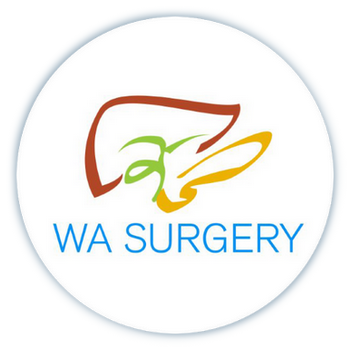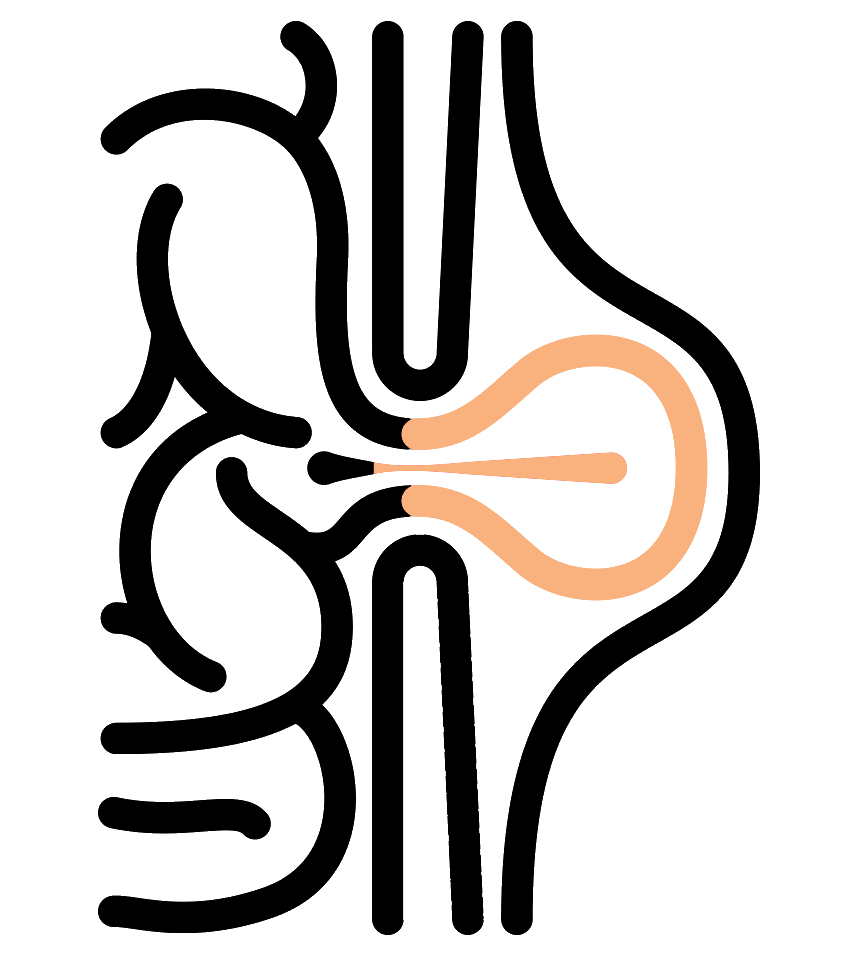
Dr Bhandari specializes in state of the art Hernia Surgery by surgical intervention.
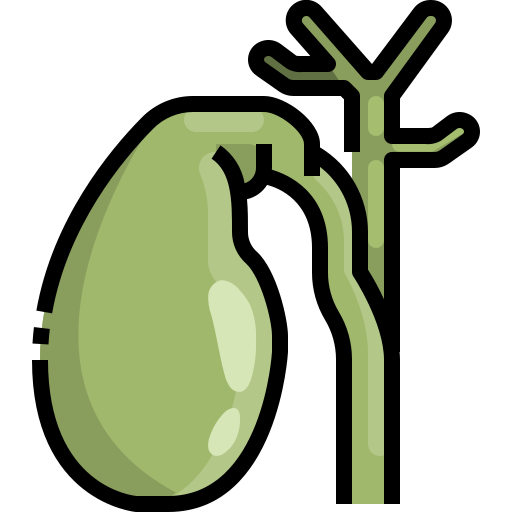
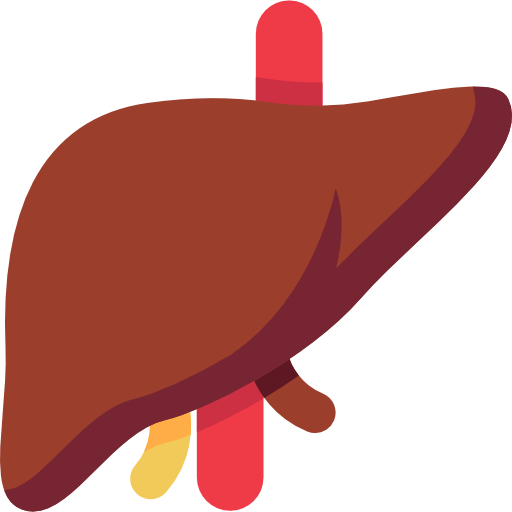
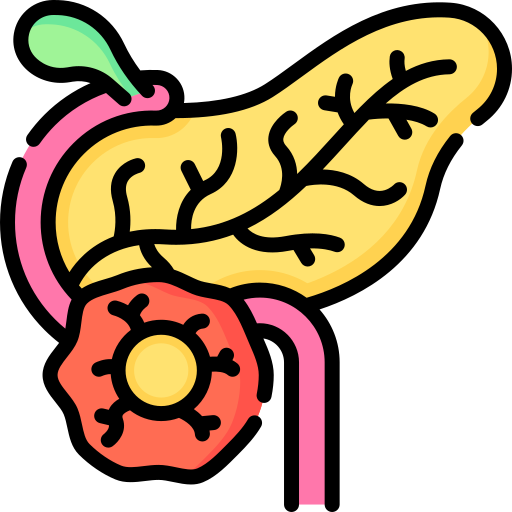

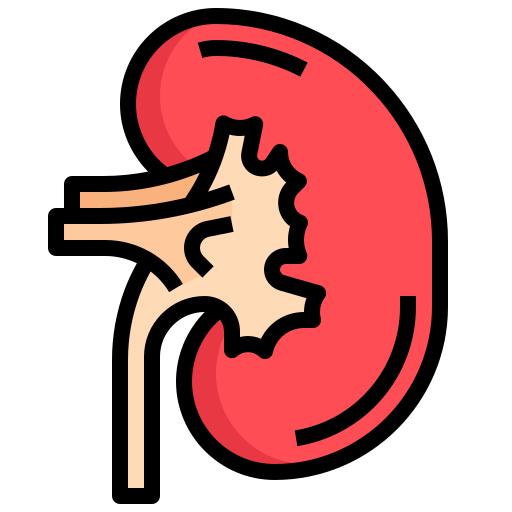
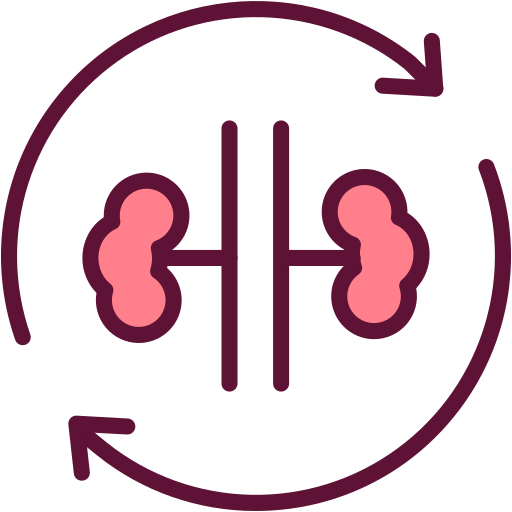
Signs and Symptoms.
A lump or bulge at the site when you stand/strain which disappears when reclining. Pain or discomfort at the site of the lump, especially when lifting a heavy object. In inguinal hernia, a swelling can extend into the scrotum.
Some patients can experience excruciating abdominal pain (from a strangulated hernia and intestinal obstruction) or nausea, vomiting, loss of appetite & pain. These patients should not delay in seeking a medical opinion as they may require emergency surgery to prevent intestinal necrosis, peritonitis and death. These patients can call my practice for urgent care or present to their nearest Emergency Department.
Diagnosis.
In most cases Dr Bhandari only needs to do a physical examination of the protruding bulge to diagnose a hernia. Pressing the bulge with hands can sometimes push the hernia back a little.
Intervention for a Hernia.
Once a hernia has developed, it will tend to enlarge and cause discomfort. If left, there is a risk that a loop of bowel could get caught in the hernia, and it may become obstructed or its blood supply may be cut off. This could then become a life-threatening situation. Since hernias can be repaired effectively and with minimal risk, I recommend that I surgically repair hernias as soon as they are diagnosed, unless there is a serious medical problem which makes it too risky.
Hernia Repair (Surgery).
Dr Bhandari’s process for the repair of a hernia starts with making an incision in the abdominal wall. Normal healthy tissue is cut until the area of weakness is found. This area, the hernia, is then repaired with a prosthetic material. He stitches the prosthetic material in place to strengthen the area of weakness. Finally, the skin and other areas of healthy tissue that were cut at the beginning are stitched back together to complete the repair.
Laparoscopic hernia surgery.
Laparoscopic hernia surgery is a procedure in which a laparoscope is inserted into the abdomen through a small incision.
Advantages of laparoscopic surgery.
Your message has been sent successfully…
